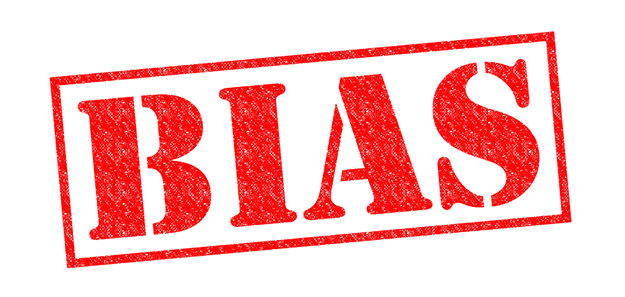Few people would care to admit they are biased, but in reality, we all are to some degree. From birth, we are all molded by our unique experiences, bombarded by subliminal and not-so-subtle messages that shape our view of the world.
Unconscious, or implicit bias is unconscious prejudice that happens outside of our control. It typically comes into play when the brain has to make quick decisions. Unconscious bias often manifests itself as stereotypes, e.g., the presumption that the youngest-looking professional in the room could not be the leader, or that older employees will not be interested in learning about the latest technology.
Unconscious bias can be subtle
While unconscious bias can be subtle and surreptitious, the consequences can be huge for businesses, impacting how management evaluates talent and judges performance, as well as affecting hiring and promoting decisions.
Unconscious bias is a manifestation of unconscious, instinctive feelings we have towards other people, influencing our judgement and impairing our ability to make balanced, logical decisions. Bias stereotypes may not come from a place of bad intent, these deep-seated, unconscious stereotypes formed our heads over many years, influenced by factors we had no control over. However, unconscious bias impairs decision-making processes in several important ways, affecting:
- Our perception of people and reality.
- How we react towards certain people.
- Which of a person’s characteristics we pay most attention to.
- How much we actively listen to what a person says.
- How friendly and receptive we are towards an individual.
In America today, less than 15% of men are six feet tall, yet 60% of CEOs are at least this height. Taller men are statistically more likely to earn more than their shorter colleagues. Meanwhile, several studies have established that resumes featuring African American, Hispanic, and Asian names are less likely to be shortlisted for an interview, and 47% of Latina and 48% of African American female executives have been mistaken for administrative staff.
Unconscious bias places affected workers at a disadvantage. Of those affected by workplace bias, 33% report feeling alienated, and 34% say it causes them to withhold solutions and ideas. With 80% of individuals who experience workplace bias agreeing that they would not refer people to their employer as a result, it is easy to see the damage that bias, even on an unconscious level, does to businesses. Over time, feelings of isolation and alienation take a toll, resulting in decreased emotional engagement; increased accidents, stress-related illness, and absenteeism; increasing employee turnover and lowering client satisfaction.
Types of Unconscious Bias
Numerous types of unconscious bias can come into play in the workplace, catching employees and leadership unawares, but ultimately resulting in a homogenous, inequitable, discriminative working environment. Common types include:
Gender Bias
Studies show that female employees are up to 30% less likely to be promoted to leadership roles than their male counterparts, even when their resumes are identical. This inequity is mirrored by pay discrepancies, with female employees typically earning less than male colleagues of the same status.
Racial Bias
One of the most insidious yet prolific types of unconscious bias, in spite of the Black Lives Matter movement, racial bias has continued to grow throughout the pandemic. Conscious acts of overt racism within the workplace are unlawful and, thankfully rare. However, with just 3.2% Black Americans occupying leadership roles, unconscious discriminatory behaviors remain a significant problem.
Appearance Bias
Incorporating subcategories like height bias, beauty bias, and weight bias, appearance bias causes us to make snap judgements based purely on a person’s physical appearance. Also known as lookism, appearance bias typically manifests itself in an unfairly positive perception of individuals who are more physically attractive.
Affinity Bias
Whether based on appearance, beliefs, or background, we naturally gravitate to those we identify with, usually without even realizing it. Reflecting the deep-seated human need for a sense of belonging and comfort, affinity bias causes us to unintentionally shut out those who are different to us.
The Halo Effect and the Horns Effect
While the halo effect centers around taking a single, positive piece of information about someone and being blinded to their shortcomings as a result, the horn effect has the opposite impact, causing us to form a whole impression of someone based on one negative snippet of information.
How Can We Avoid Unconscious Bias?
As with any damaging behavior, recognizing there is a problem is integral to solving it. In terms of hiring biases, managers need to identify ways to simplify and standardize the recruitment process. Simple steps could include:
- Setting diversity goals.
- Implementing a “blind” resume review process, removing information such as photos and names to prevent unconscious bias creeping in.
- Reworking job descriptions to make them appeal to individuals from all backgrounds.
- Standardizing interviews, asking all candidates the same questions.
Diversity is more than a buzzword, conferring significant rewards to forward-thinking businesses. The world’s most successful companies invest astronomical sums in creating an equitable, diverse, inclusive culture, where all workers are valued as their whole selves, irrespective of their background, appearance, or personal beliefs.

